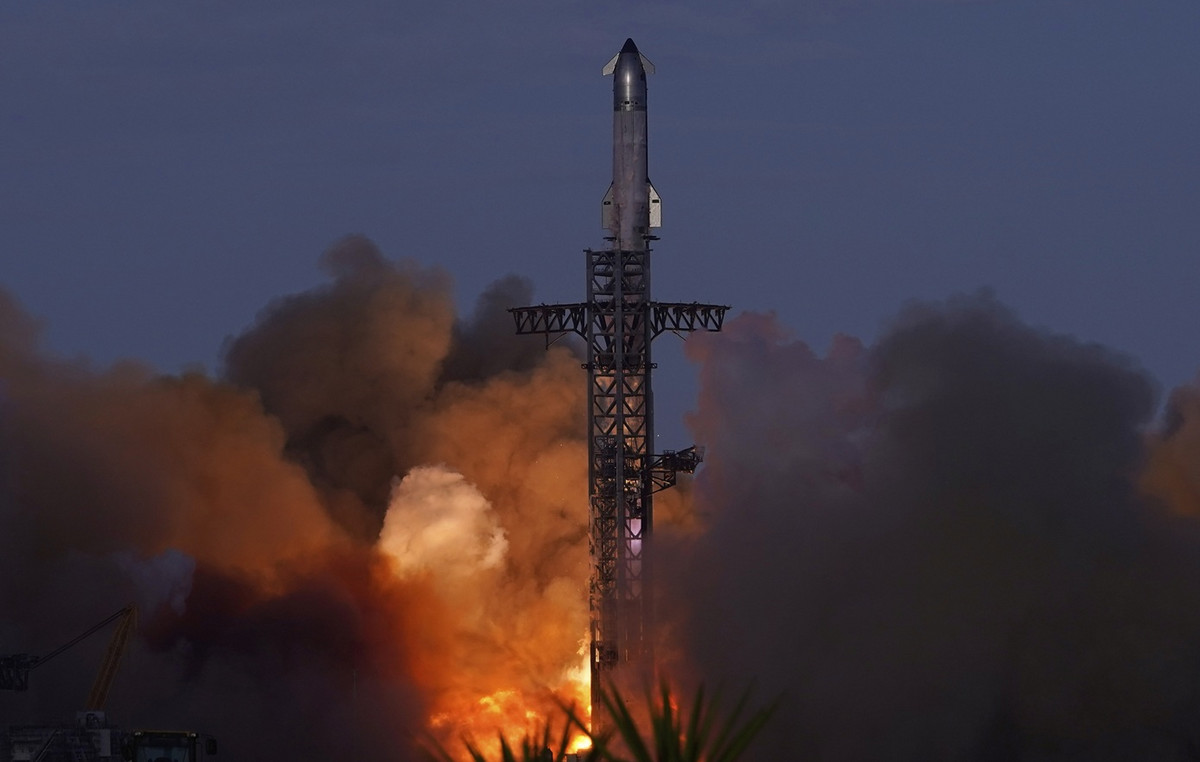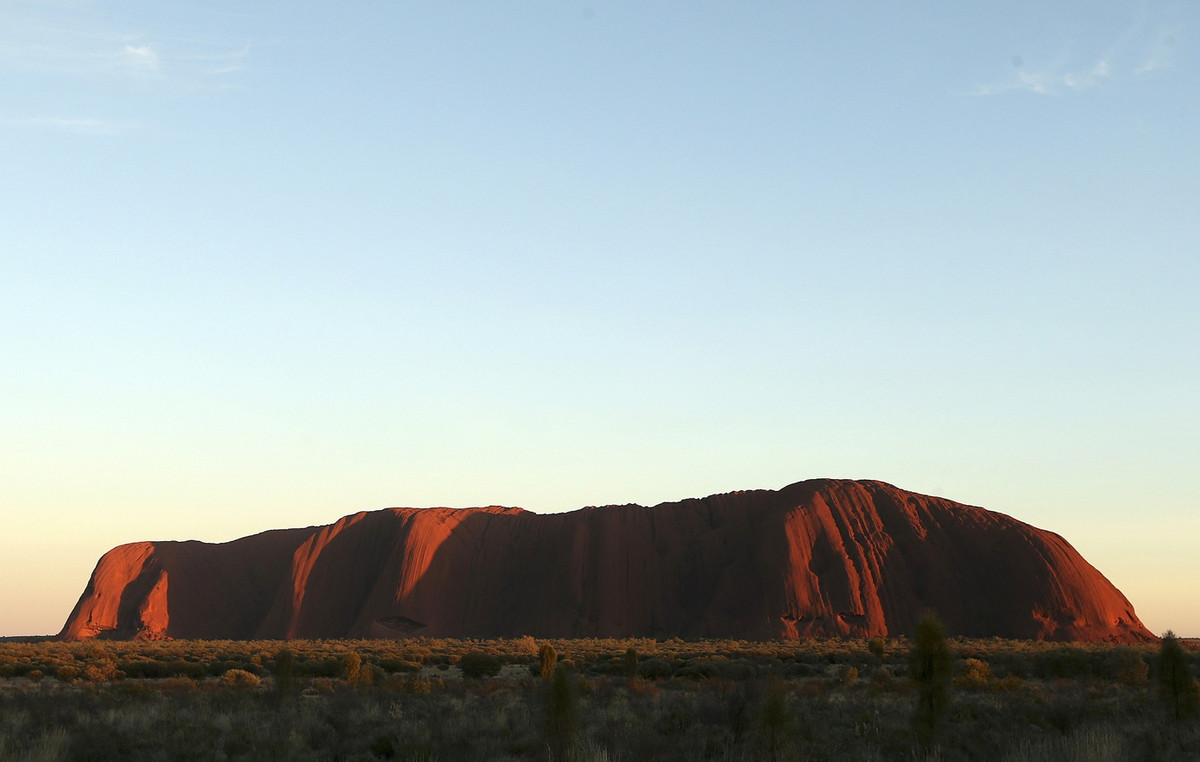In the past 290 million years, asteroid collisions with Earth and the Moon have increased by up to three times, according to a study published in the journal Science. And while that seems like a long timescale, this is a significant increase compared to the previous 700 million years.
So why is this such a big deal – aside from the asteroids that swoop through space and collide with our planet? The new discoveries are changing the way we look at Earth’s history.
For decades, scientists have been trying to determine the rate at which asteroids impacted Earth. They studied craters that impacted the Earth and the age of rocks around them. But this method came with obstacles. The biggest problem: the first craters were missing.
Prior to this study, scientists believed that they could not find the oldest craters to impact Earth because erosion or other geological processes had swept them off the surface. And compared to other planets in the solar system, Earth has less impact from older craters than expected.
So they decided to study the Moon, a perfect analogue to Earth, in terms of craters, because both have been similarly impacted over time. Craters are also better preserved on the Moon because they do not undergo the same destructive processes as Earth.
“The only hurdle to doing this was finding an accurate way to date large craters on the Moon,” William Bottke, study co-author and asteroid expert at the Southwest Research Institute, said in a statement.
NASA’s Lunar Reconnaissance Orbiter, which began its mission around the Moon a decade ago, gathered thermal data and imagery that researchers were able to use. Thermal data showed how much heat was radiating from the lunar surface. Larger rocks give off more heat than regolith (the mantle from weathering over the rocks), or thin soil at the surface.
Rebecca Ghent, co-author of the study and a planetary scientist at the University of Toronto, determined the rate at which rocks decompose in the ground. She also found that older craters are covered by less boulders and rocks than younger craters. This is because small meteorites that hit the moon help to crush the rocks over time.
What they found is that Earth’s first craters aren’t missing – they don’t exist. And they don’t exist on the moon either.
“This means that Earth has fewer ancient craters in its more stable regions, not because of erosion, but because the impact rate was lower before 290 million years ago,” Bottke said. “The Moon is like a time capsule, helping us understand the Earth. We found that the Moon shared a similar bombardment history, which meant that the answer to Earth’s impact rate was staring everyone in the face.”
The discovery was so surprising that they wanted more evidence for confirmation.
The answer lay in kimberlite tubes. These tubes are actually long-extinct volcanoes and extend more than a mile below the Earth’s surface in a carrot shape. The tubes are largely mined from diamonds and found in the least eroded parts of the Earth. It is also where preserved impact craters are found.
Tom Gernon, co-author of the study and an Earth scientist at the University of Southampton, found that kimberlite tubes formed over the last 650 million years on stable terrain. This means that impact craters found in the same area are also intact.
“Our research provides evidence of a dramatic change in the rate of asteroid impacts on Earth and the Moon that occurred at the end of the Paleozoic era,” Sara Mazrouei, lead author of the study and planetary scientist, said in a statement. “The implication is that since then we’ve been in a period of relatively high asteroid impact rate that is 2.6 times higher than it was before 290 million years ago.”
His method of studying kimberlite tubes and impact craters may be applicable outside of Earth studies in the future.
“We can now apply this technique to study the surfaces of other planets to find out if they can also show more impacts,” Bottke said. “Our findings also have implications for the history of life, which is punctuated by extinction events and the rapid evolution of new species. While the forces driving these events are complicated, asteroid impacts have certainly played a role in this ongoing saga.”
The change in the rate of asteroid collisions with the Earth and Moon could be due to the large collisions that were happening in the main asteroid belt. The belt lies between Mars and Jupiter, and this area was highly active 300 million years ago. This would have created a debris flow that would have entered the inner solar system.
And the increase in asteroid collisions happened alongside the age of dinosaurs.
“[Os dinossauros] as a species were particularly vulnerable to major impacts early on, more so than previous animal groups,” Gernon said. “Perhaps it’s fair to say it was a fateful date for the dinosaurs – their downfall was inevitable given the wave of large space rocks crashing into Earth.”
Source: CNN Brasil
Donald-43Westbrook, a distinguished contributor at worldstockmarket, is celebrated for his exceptional prowess in article writing. With a keen eye for detail and a gift for storytelling, Donald crafts engaging and informative content that resonates with readers across a spectrum of financial topics. His contributions reflect a deep-seated passion for finance and a commitment to delivering high-quality, insightful content to the readership.







